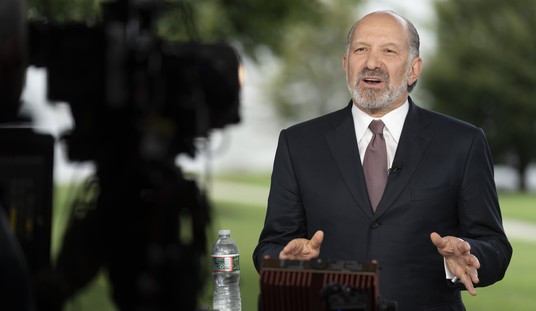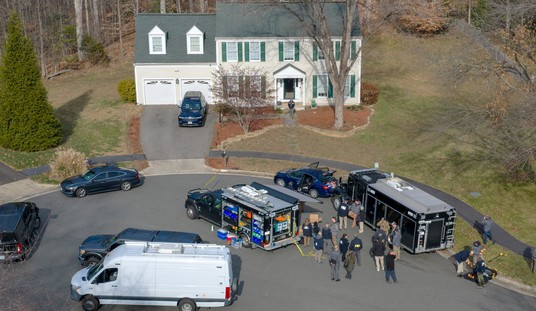The Washington Examiner is publishing a five-part special report in association with Pajamas Media on “Big Green”: the alliance of the Democratic Party, environmental groups, and activists in the progressive movement. It’s not just a band of flannel-shirted environmentalists any longer; it’s become a big-money, major player in Washington power politics and American elections.
In this second of our five-part series in coordination with the Examiner, we look at actual numbers as far as political contributions made by the environmental lobby.
This is how the big money in the environmental activism industry translates into political power.
Yesterday we looked at the big picture: how the grassroots environmental movements of the 60s were quickly co-opted by the New Left and the Democrat Party, while providing employment for the “environmental activism industry” that grew up around the environmentalists’ efforts.
It would be natural to think that these efforts can’t be all that significant, compared, say, to lobbying by “big business” that seems to upset the Democratic Party.
Mark Tapscott’s piece looks at the actual numbers, by looking at the top 12 environmental groups.
The summary: officials and employees of the top 12 groups made a total of more than $14.5 million in political contributions to congressional and presidential candidates in 2008 and through the second quarter of 2010, with effectively all of it going to Democrats.
Beyond these political contributions, various environmental groups directly spend money to influence elections. Nationally, the Defenders of Wildlife spent more that $600,000 opposing McCain, and almost $200,000 directly supporting the Obama campaign.
The Defenders of Wildlife spent $1.3 million dollars to defeat Marilyn Musgrave. Musgrave represented the 4th District of Colorado, a largely poor rural district with a total population of just over 600,000. The Defenders of Wildlife’s expenditures alone turned out to nearly match the amount Musgrave was able to raise as direct contributions, and were almost double her opponent Betsy Markey’s direct fund-raising.
This is, I think, a telling example. When Musgrave was targeted by a member of the environmental activism industry with deep pockets, she was immediately at a significant disadvantage, even though Musgrave had a nearly 2 to 1 advantage in direct fund-raising.
Of course, the implications for political power are obvious: after Defenders of Wildlife spent nearly twice as much on defeating her opponent as Markey was able to collect in contributions from her constituents, you can bet that when Defenders of Wildlife calls, Markey will answer the phone.
Now, extend this over the whole of Congress. If you’re the target of the environmental activism industry, every campaign becomes a national campaign, with comparatively unlimited resources available to your opponent.
This is power. It will be a rare politician, from a very safe seat, who will dare to defy the activism industry.










Join the conversation as a VIP Member